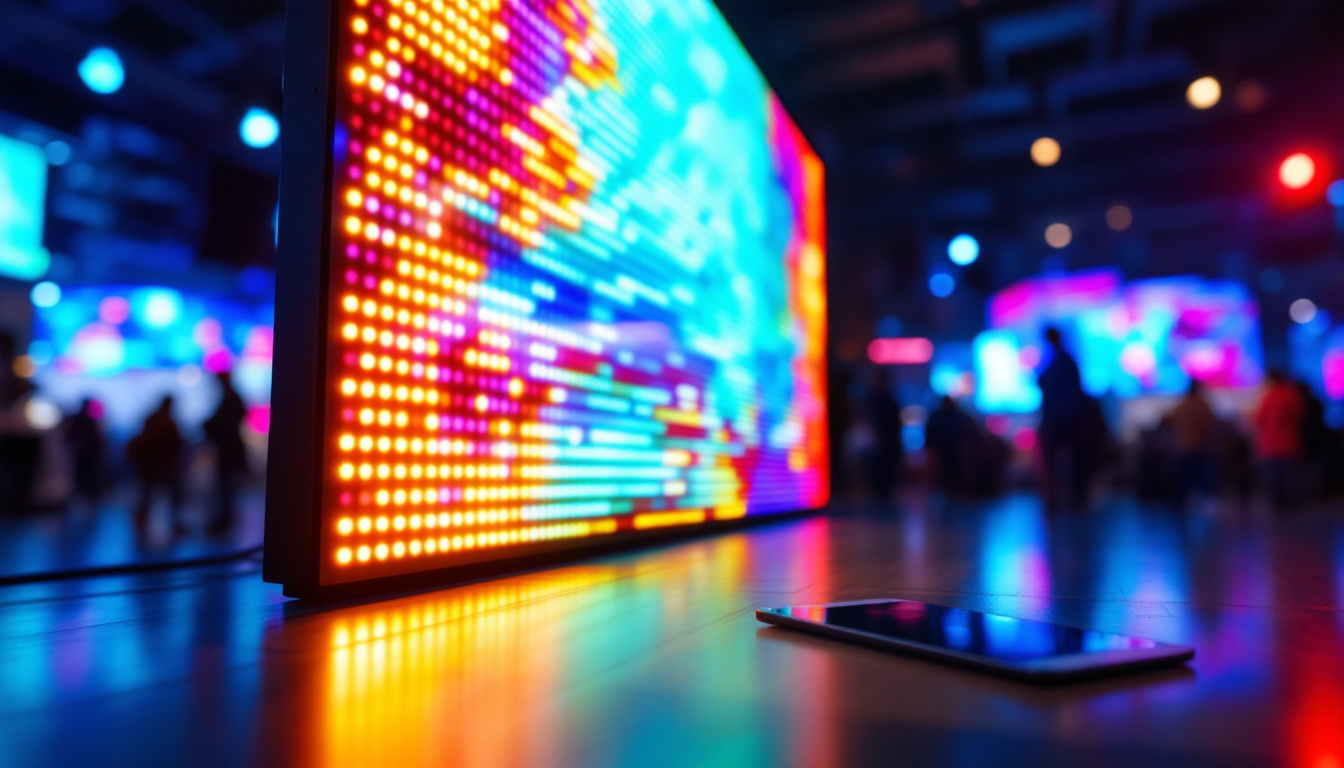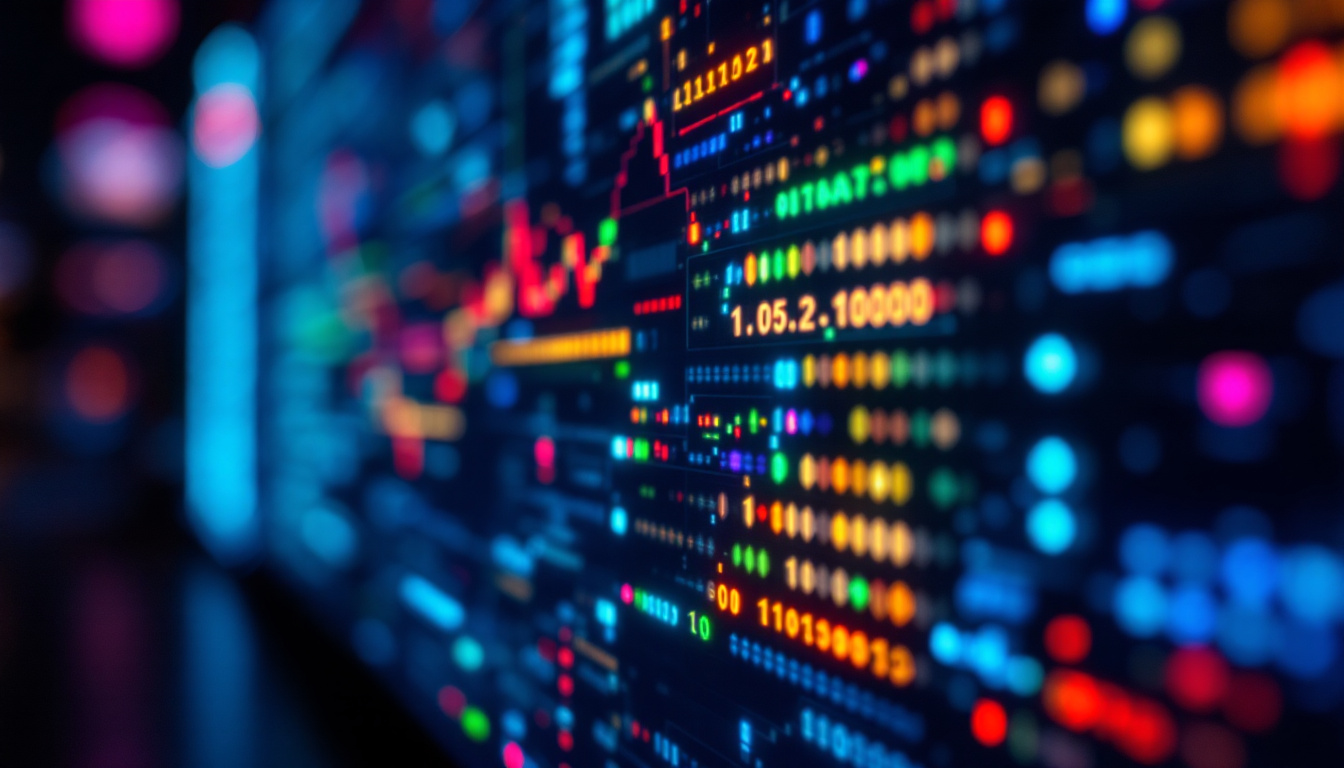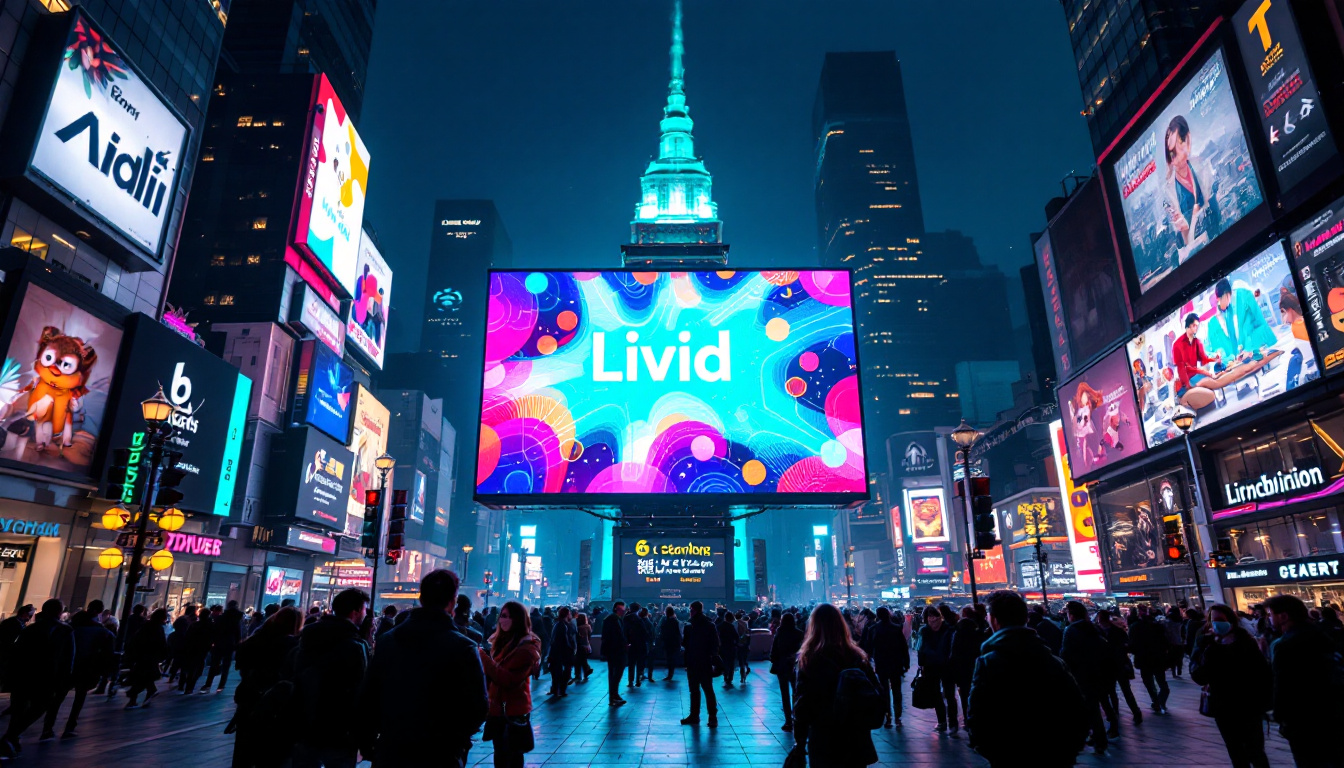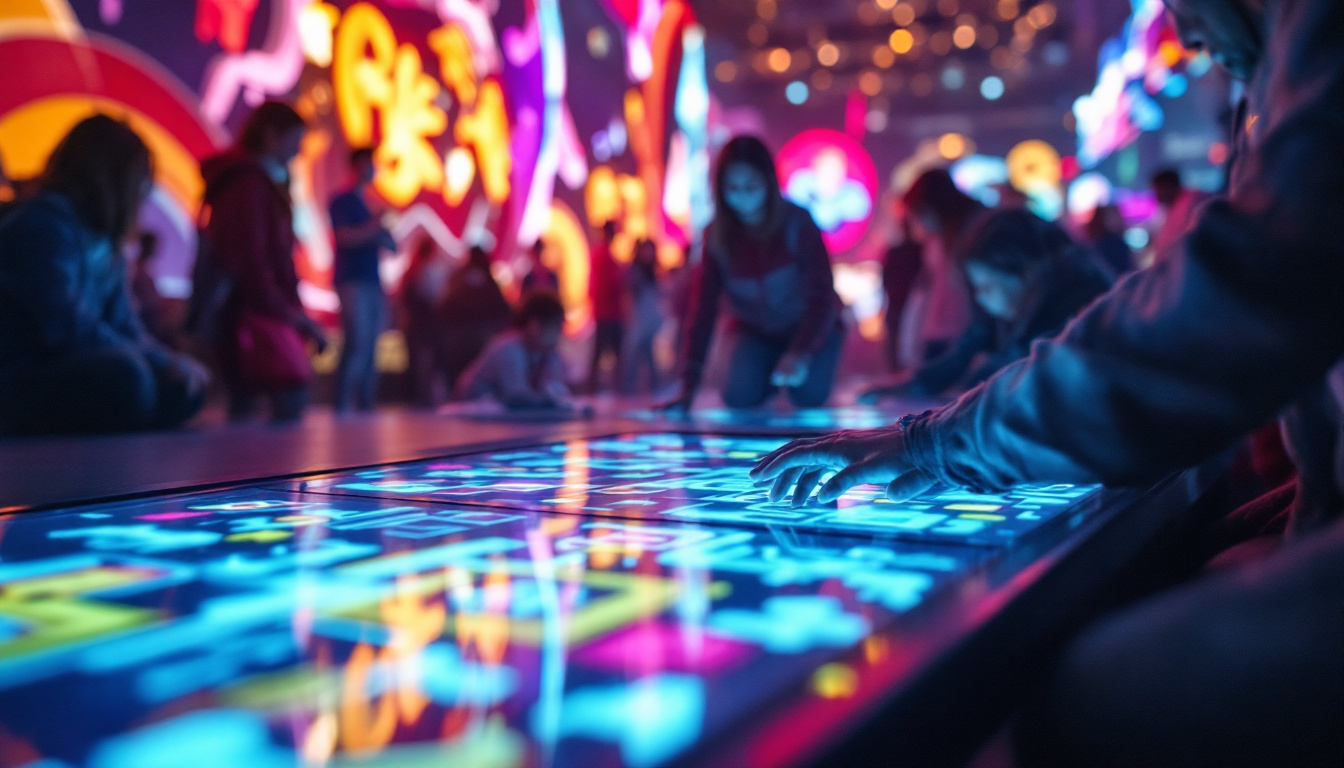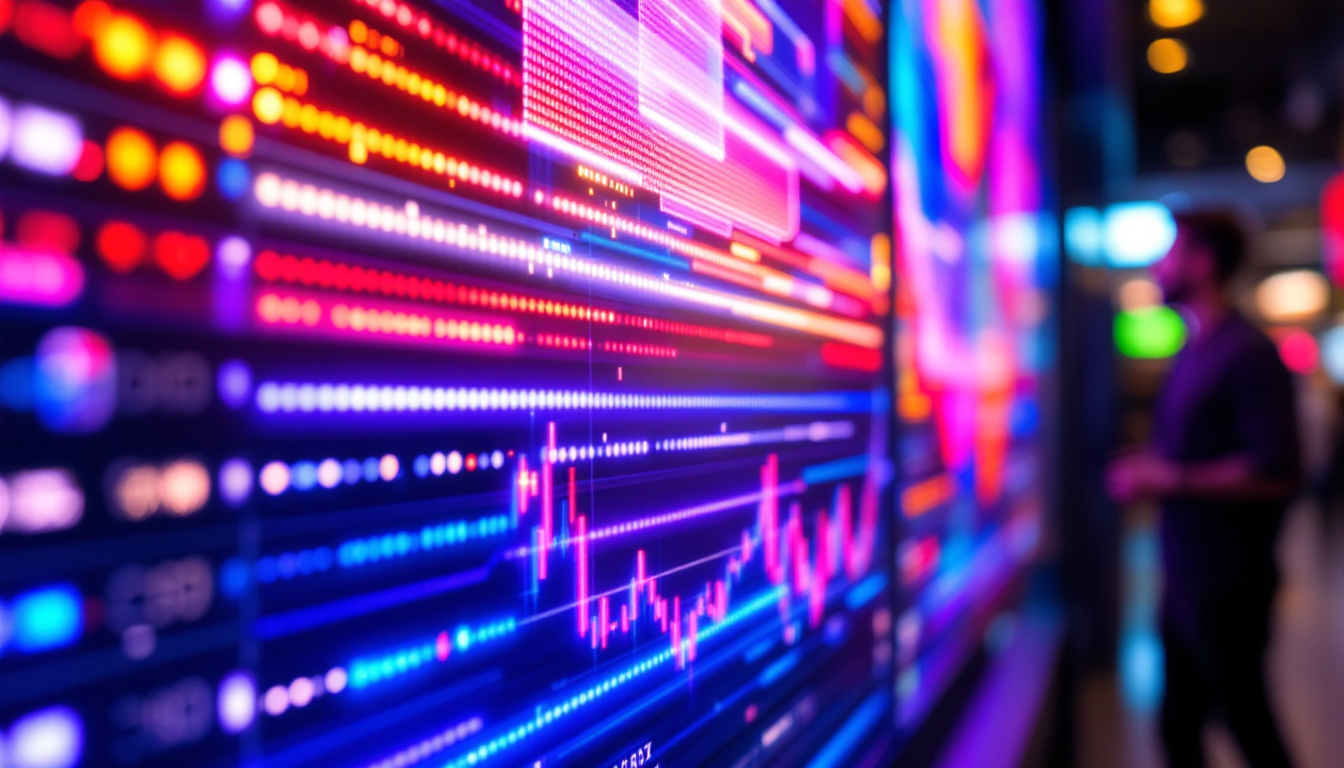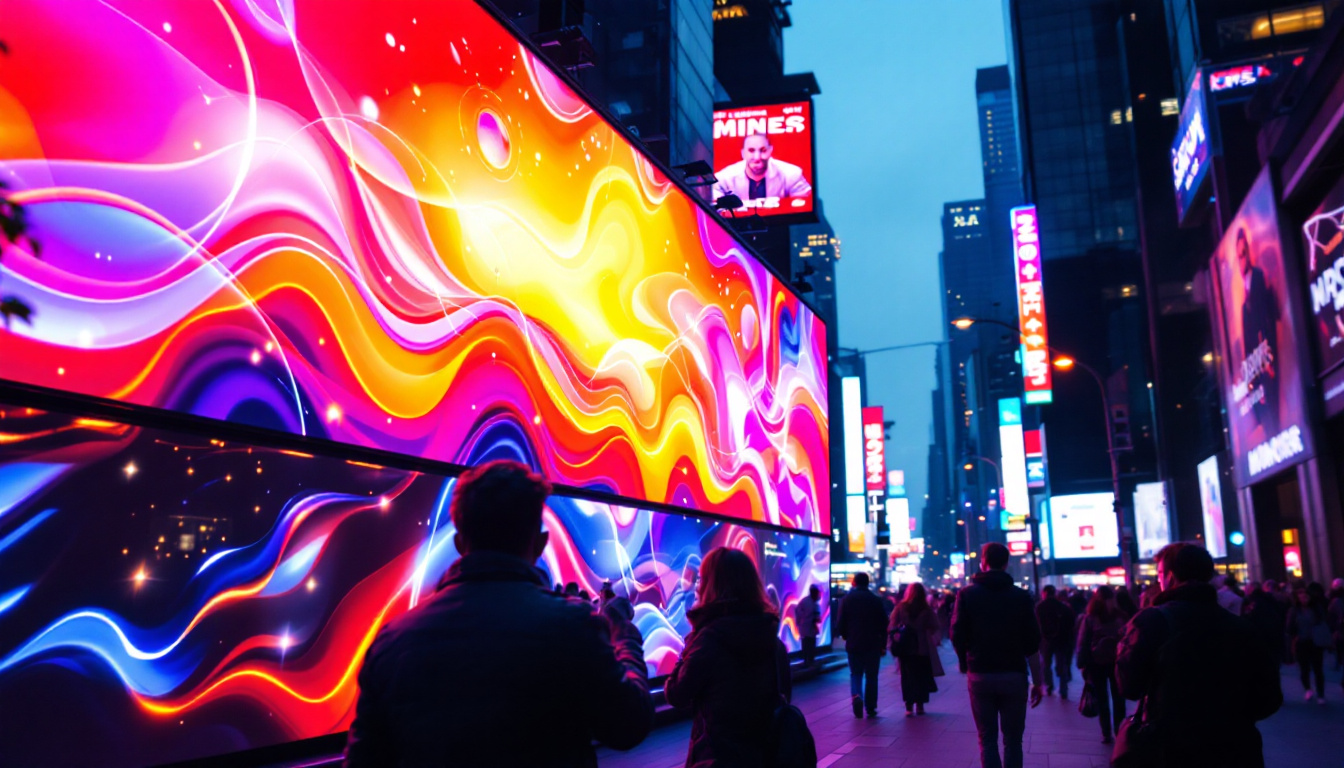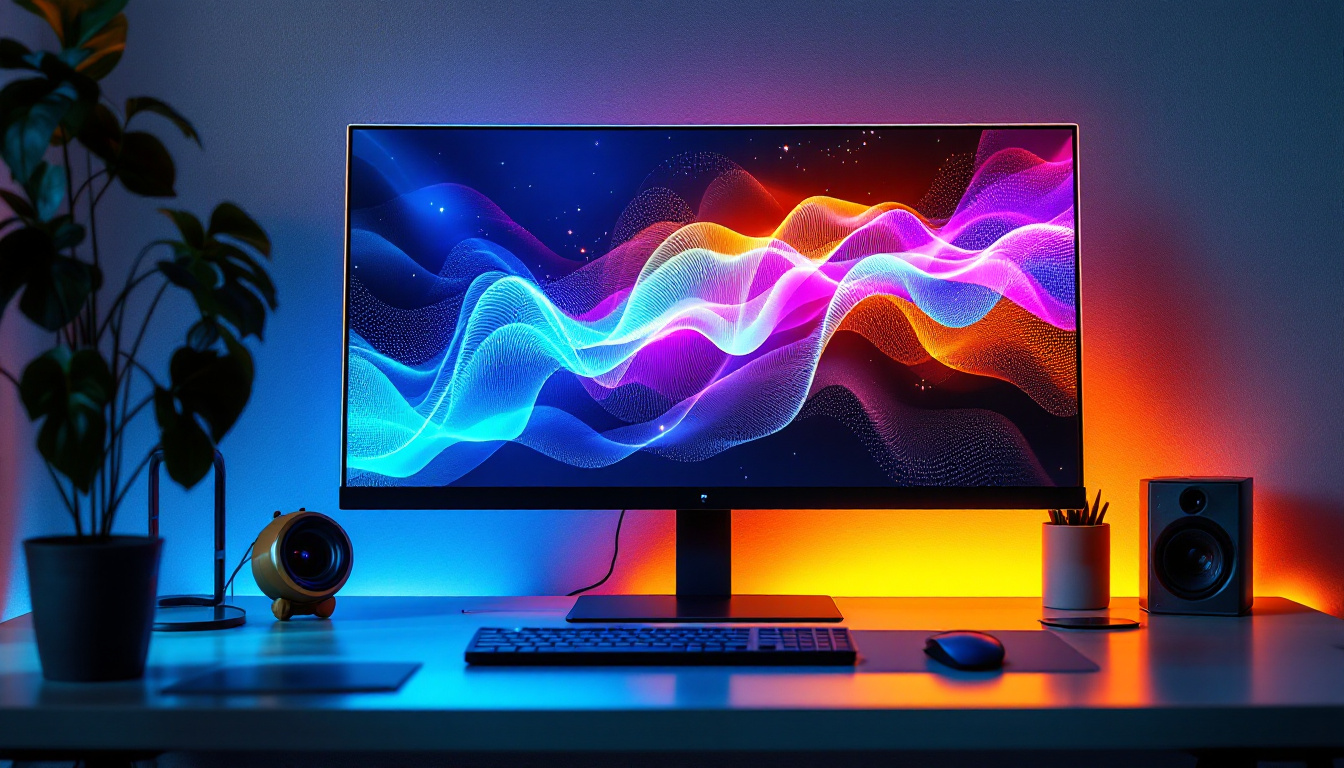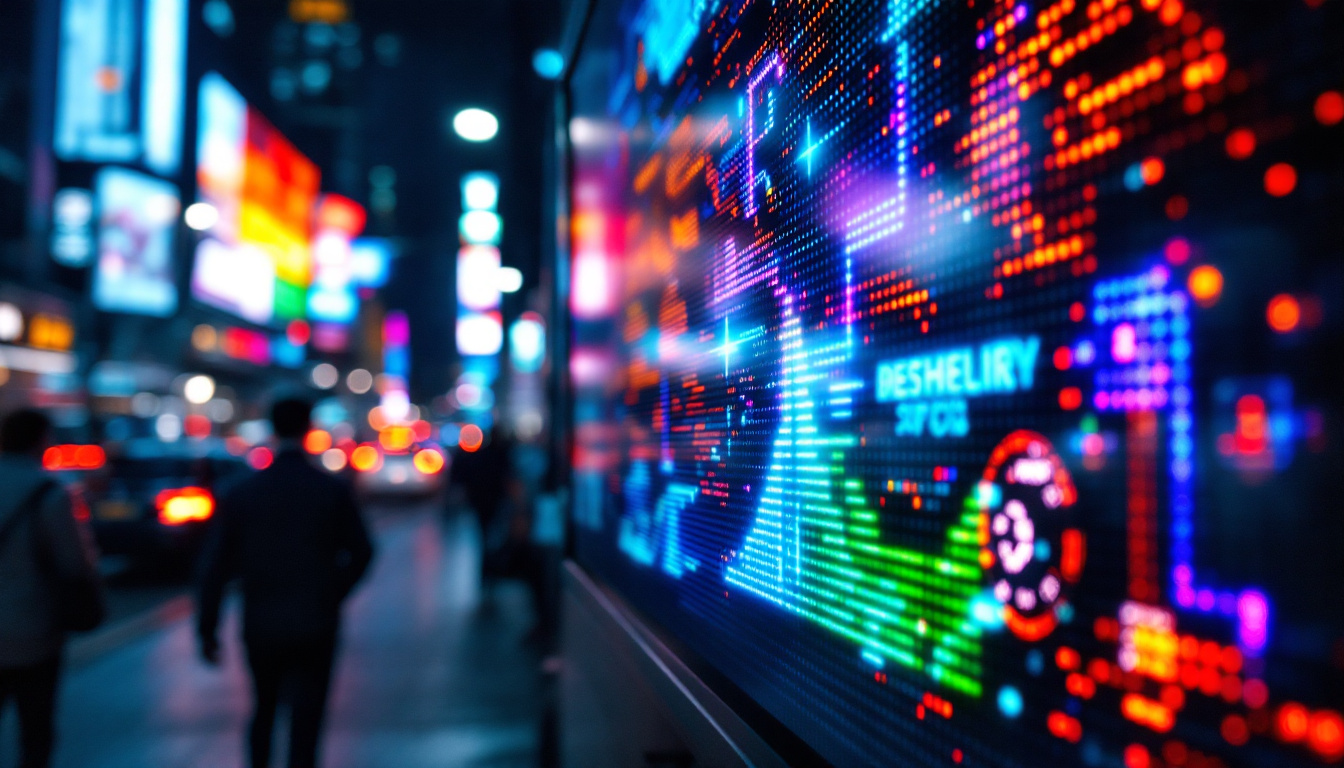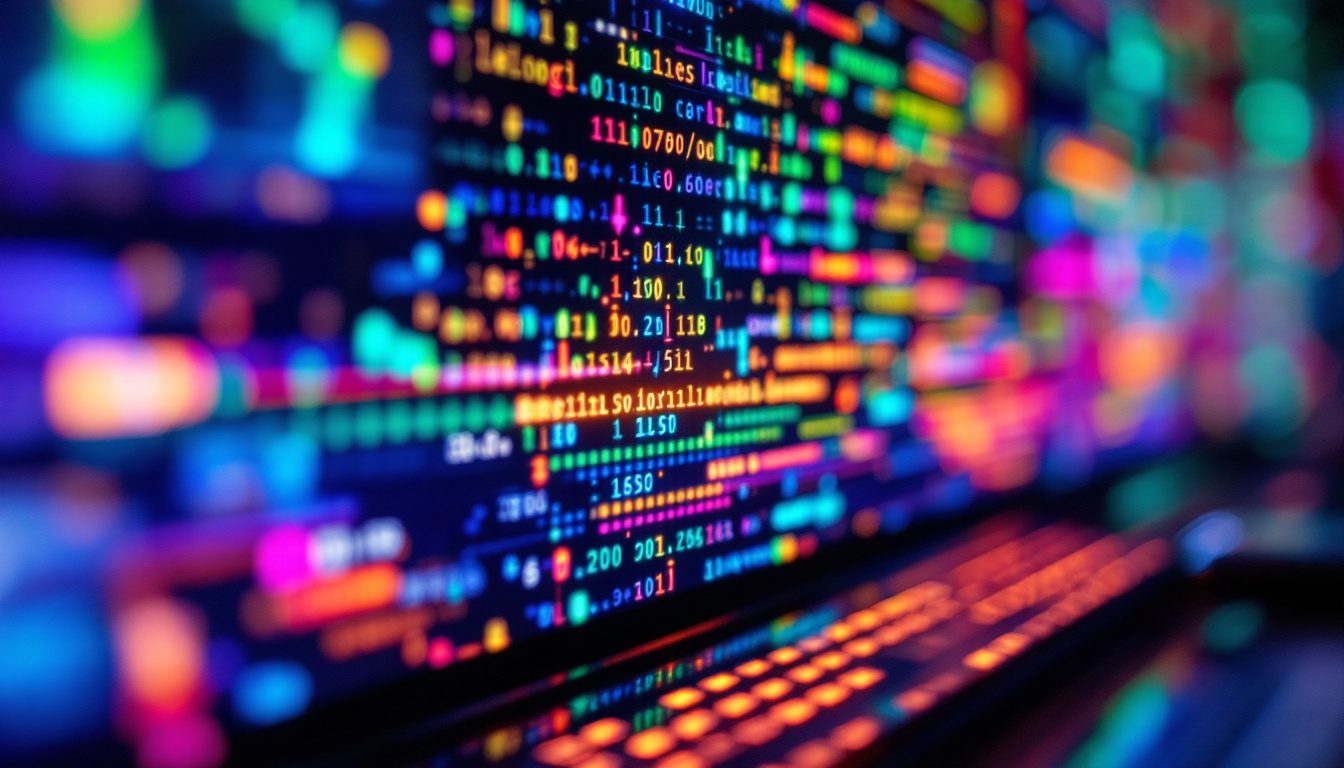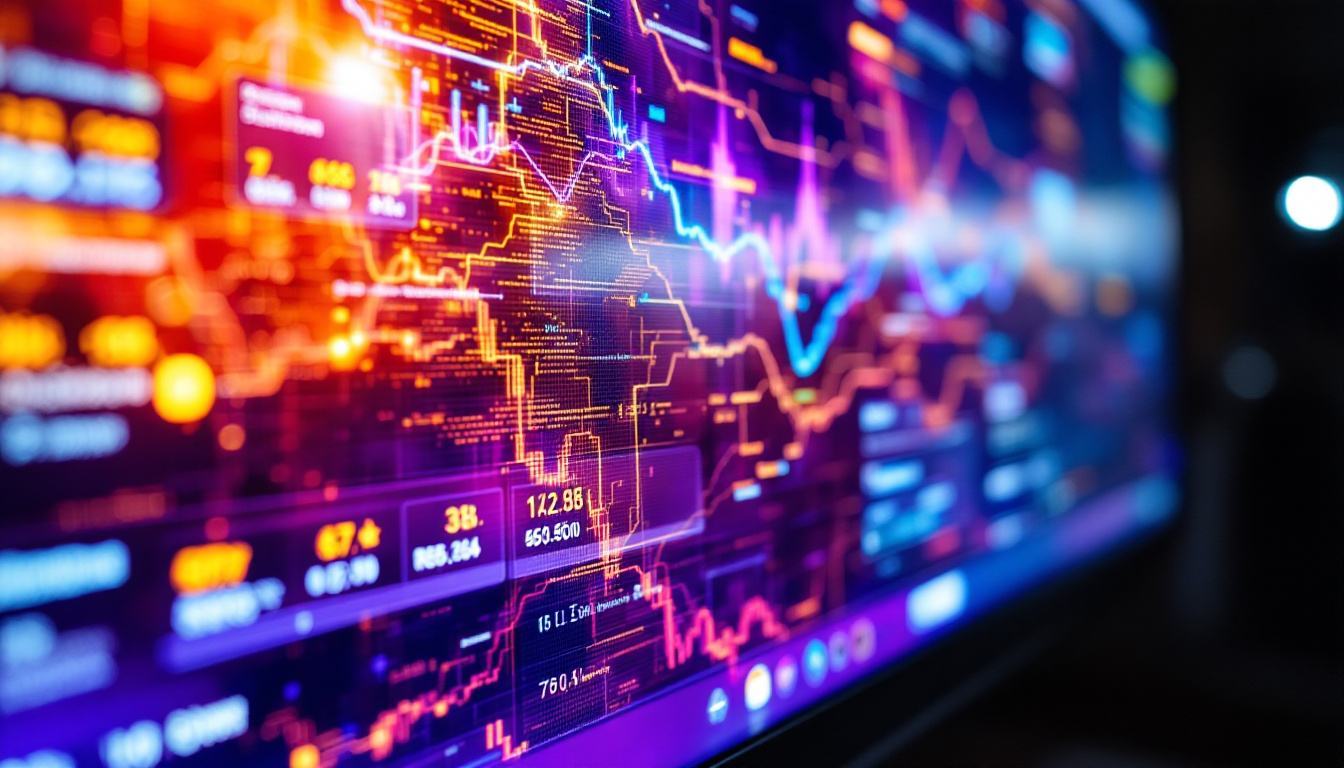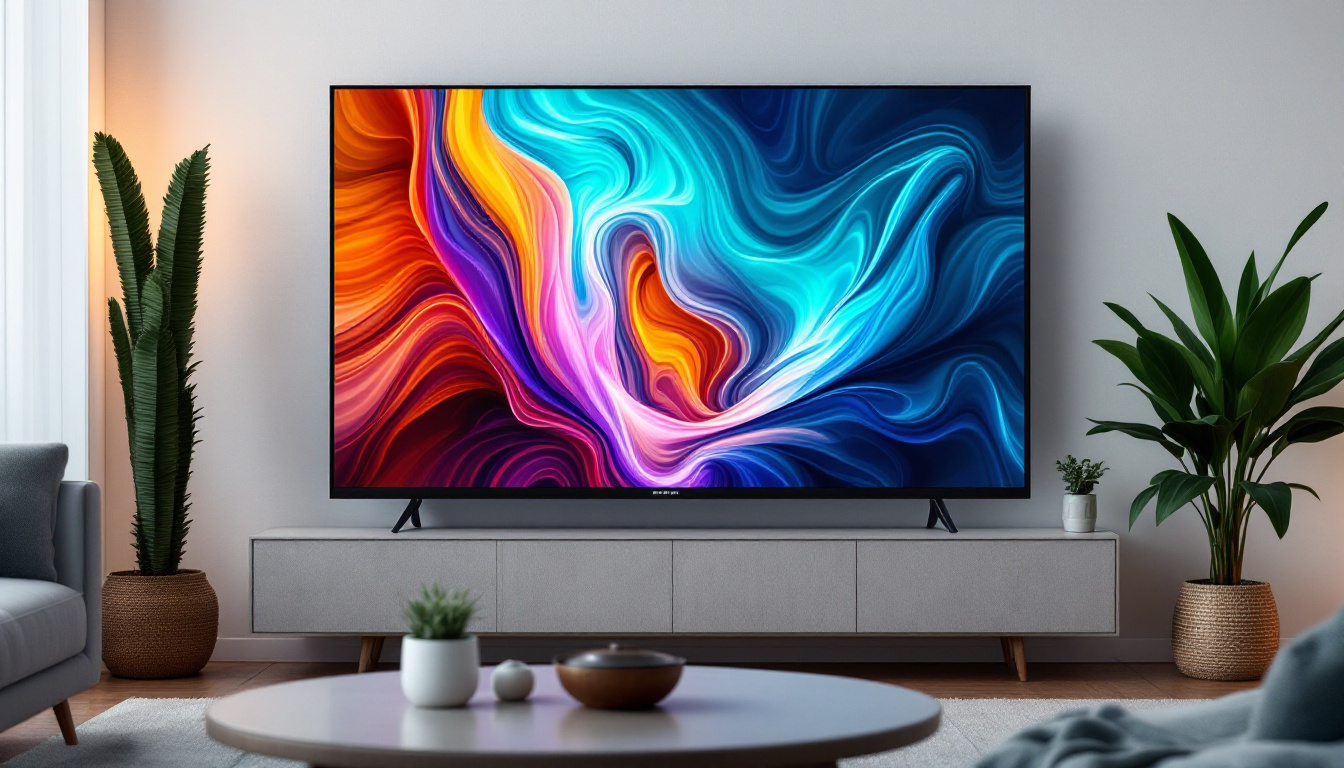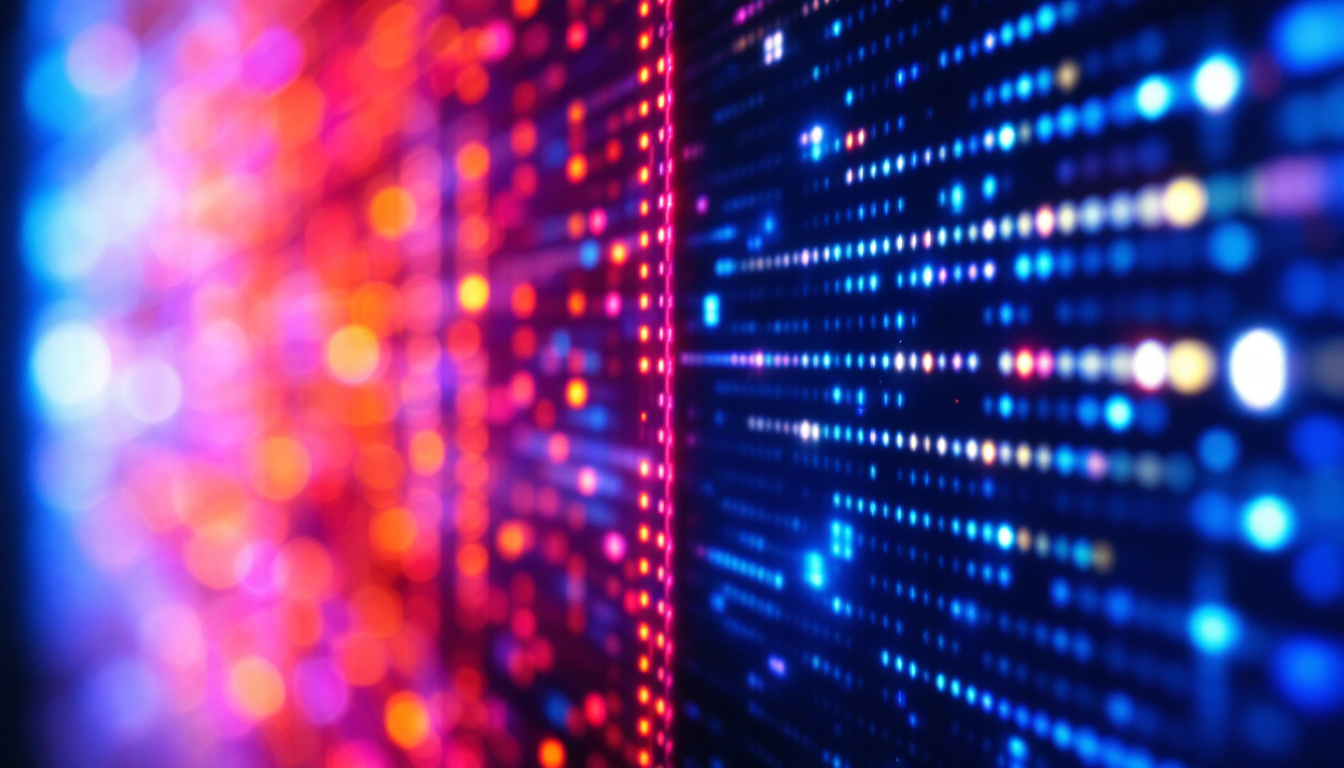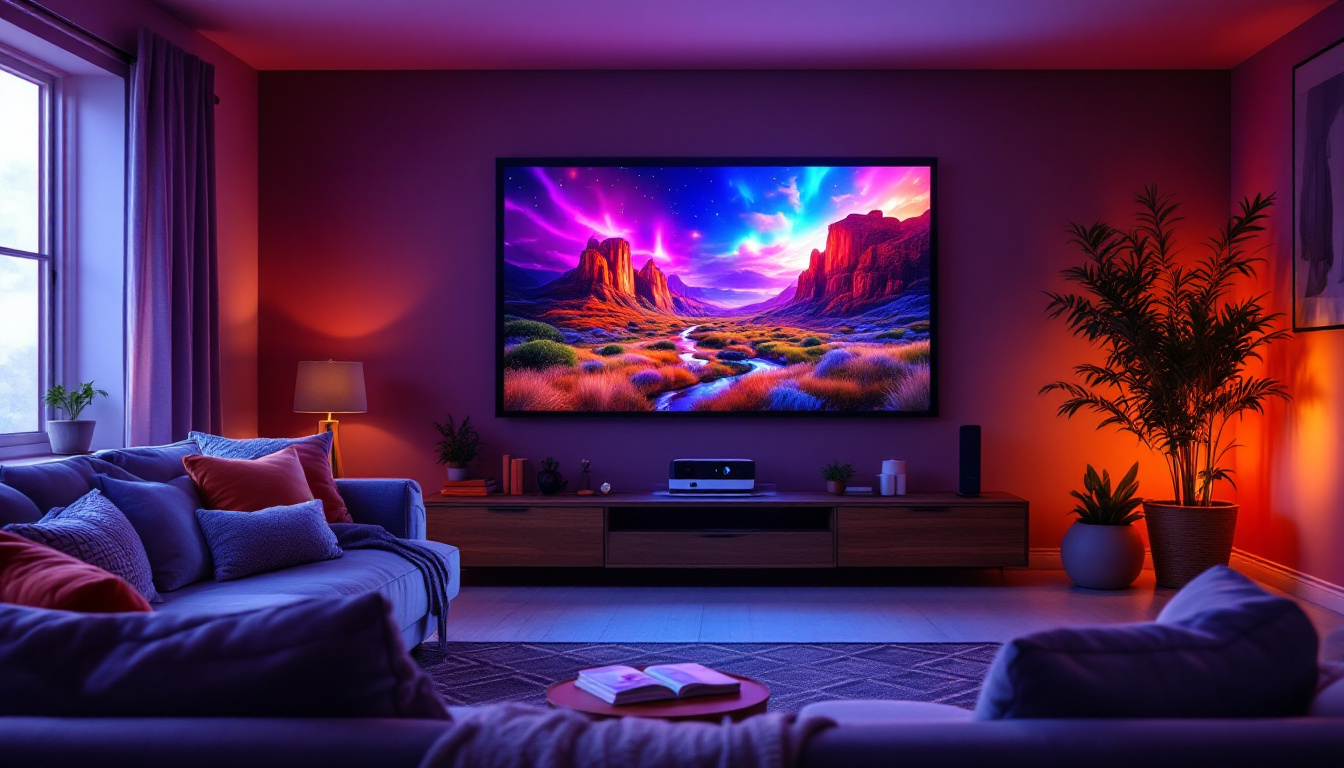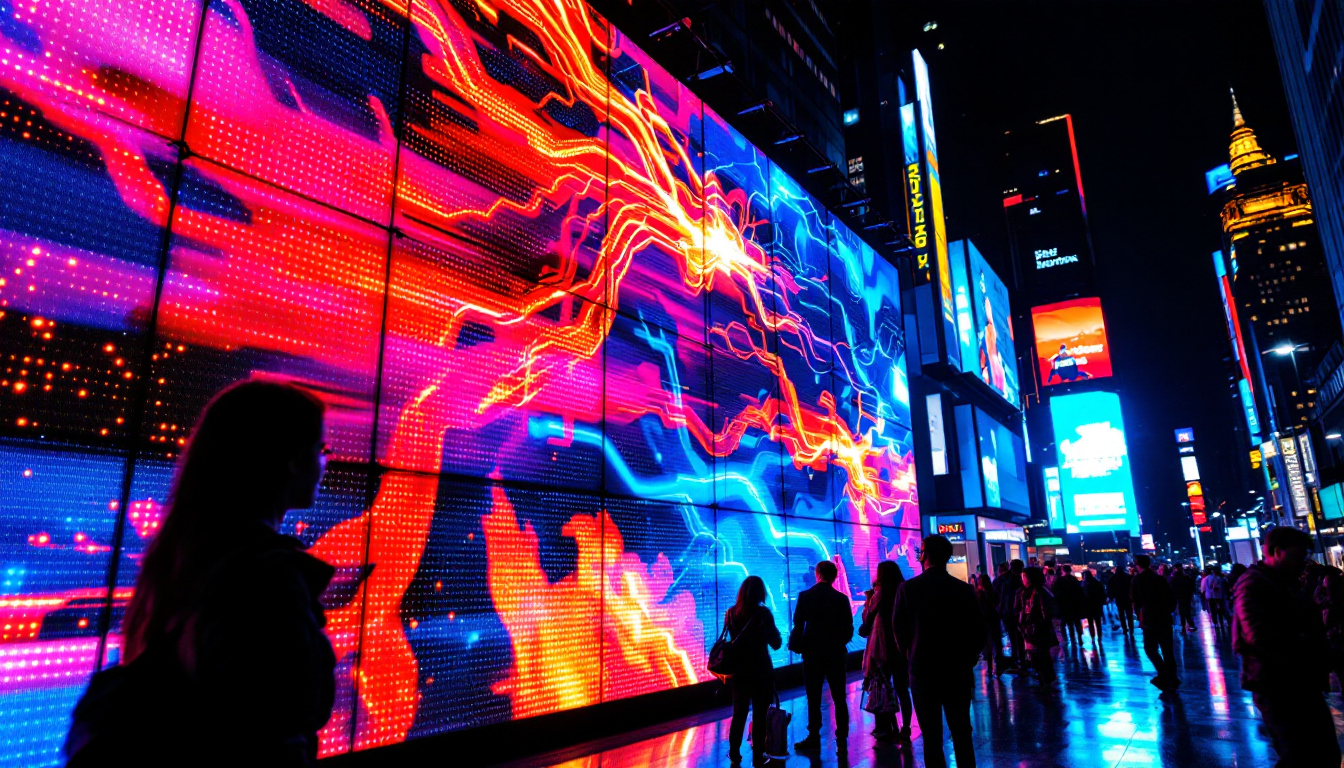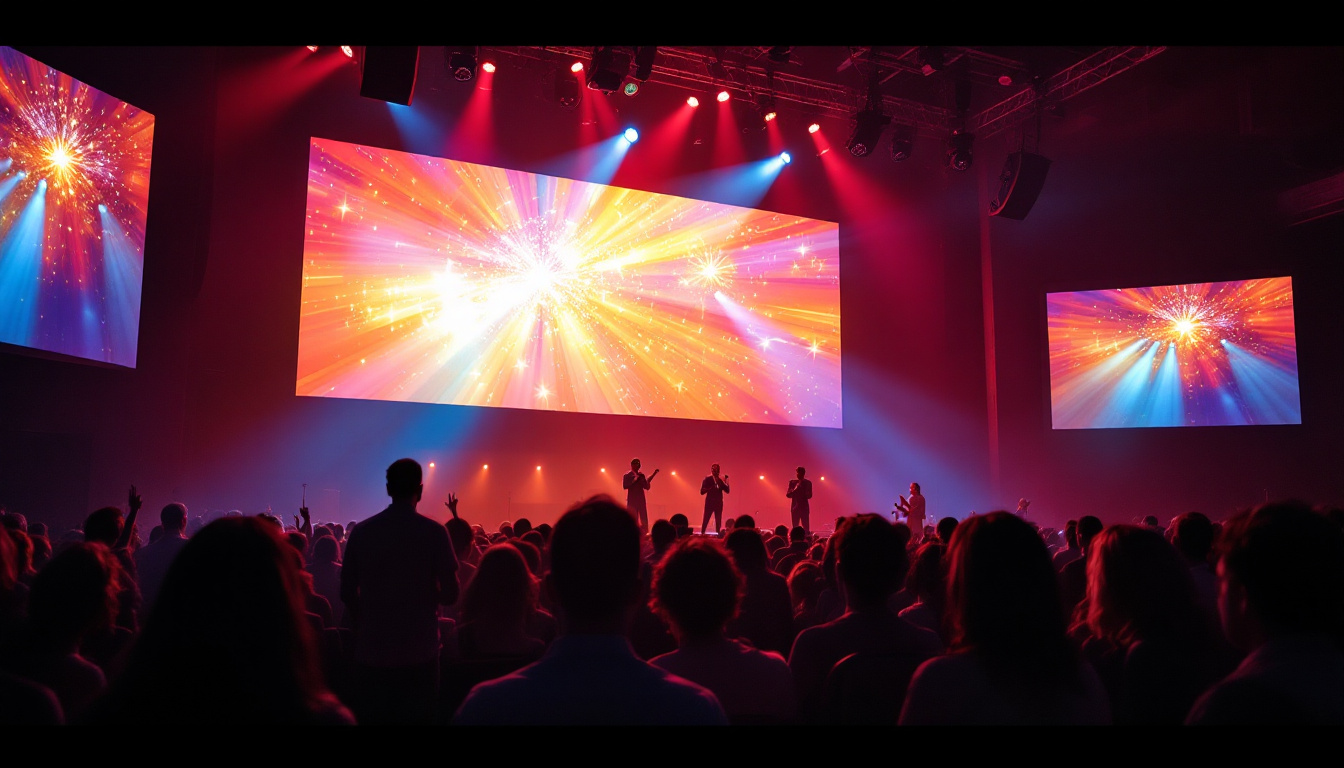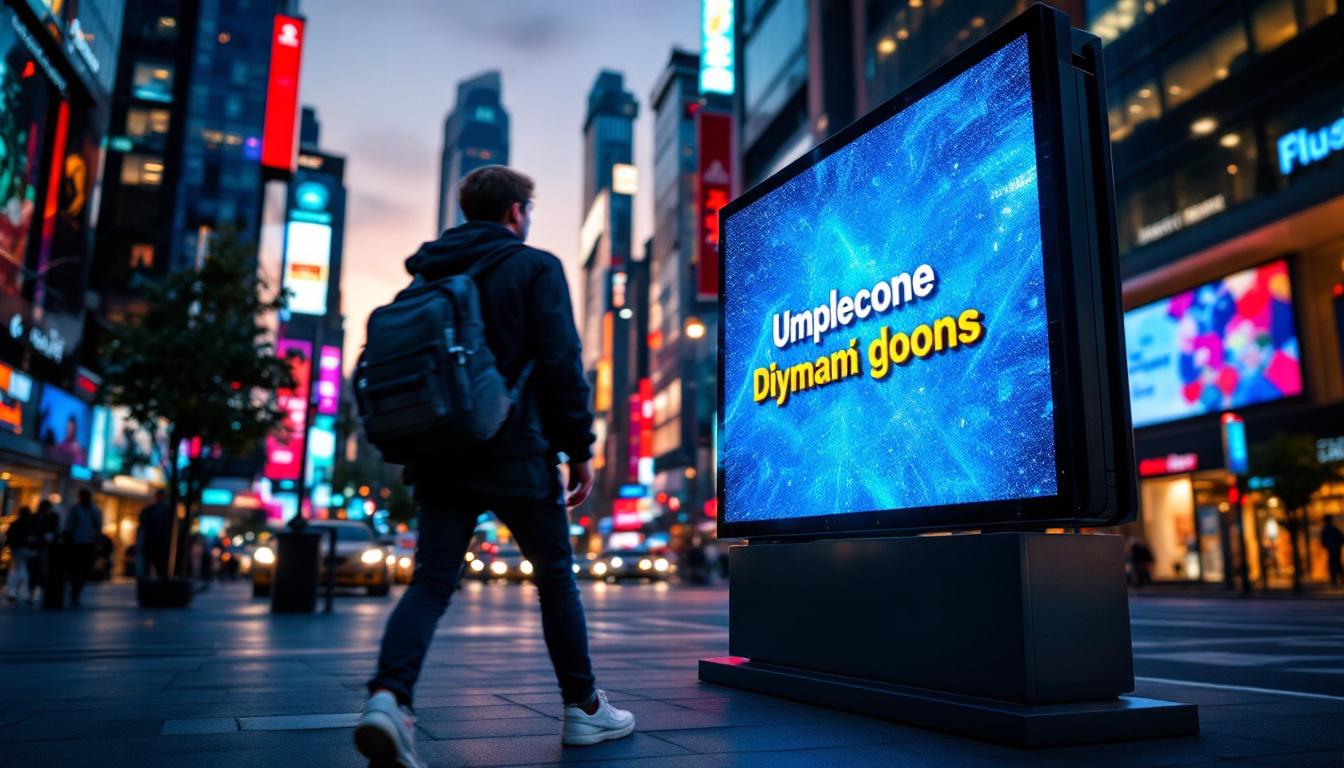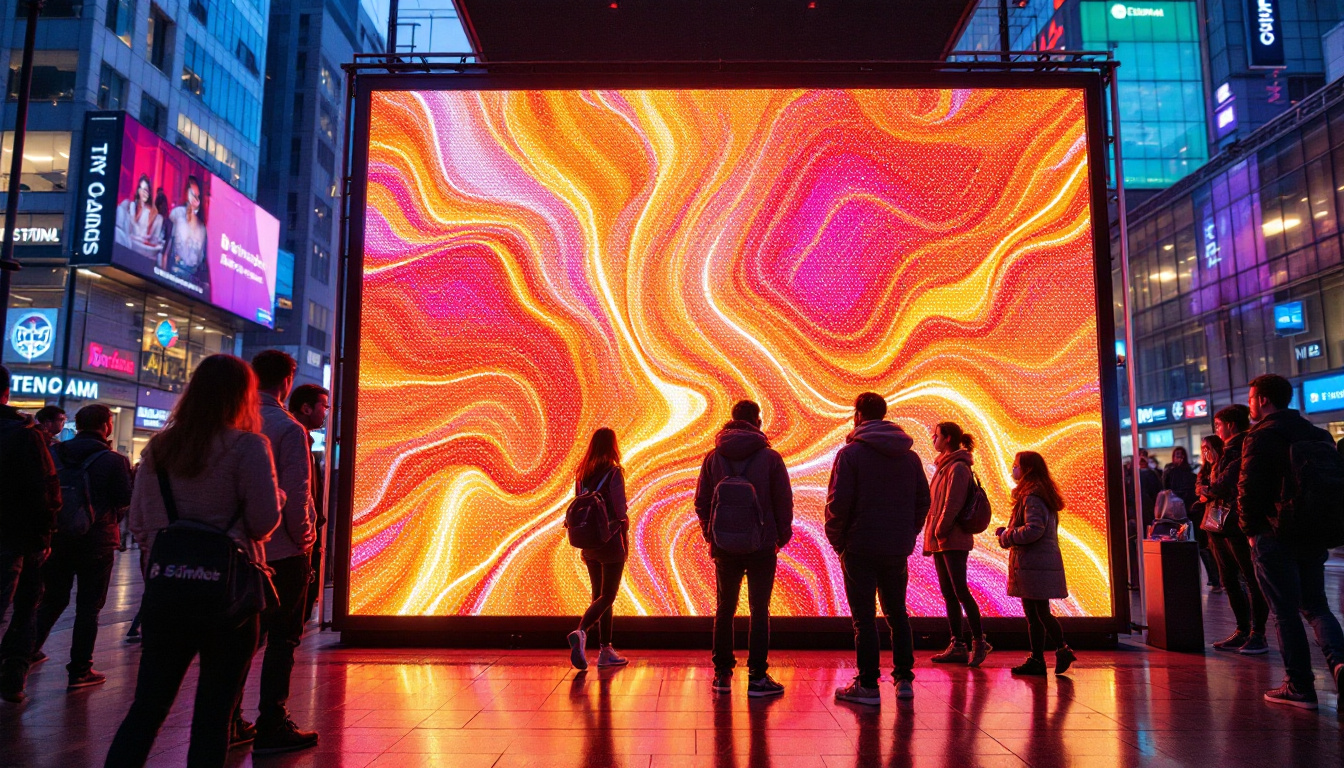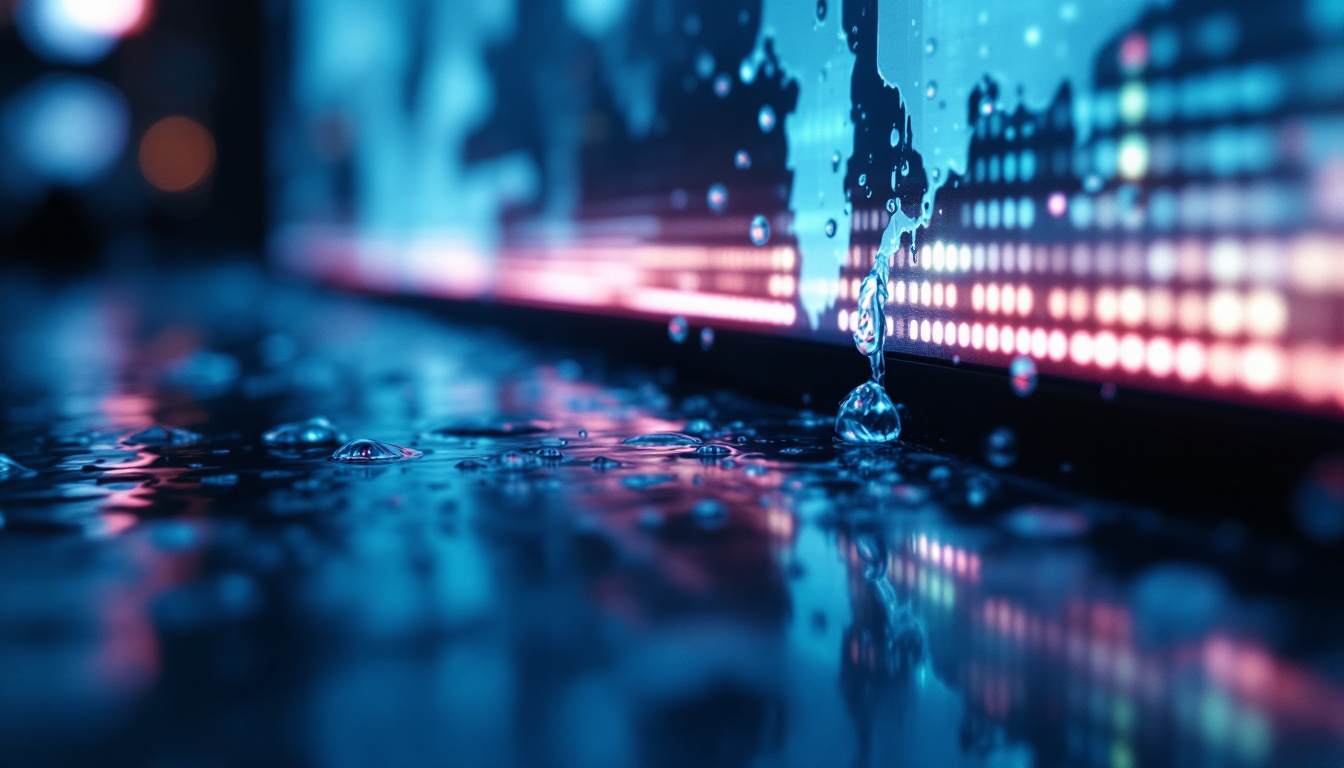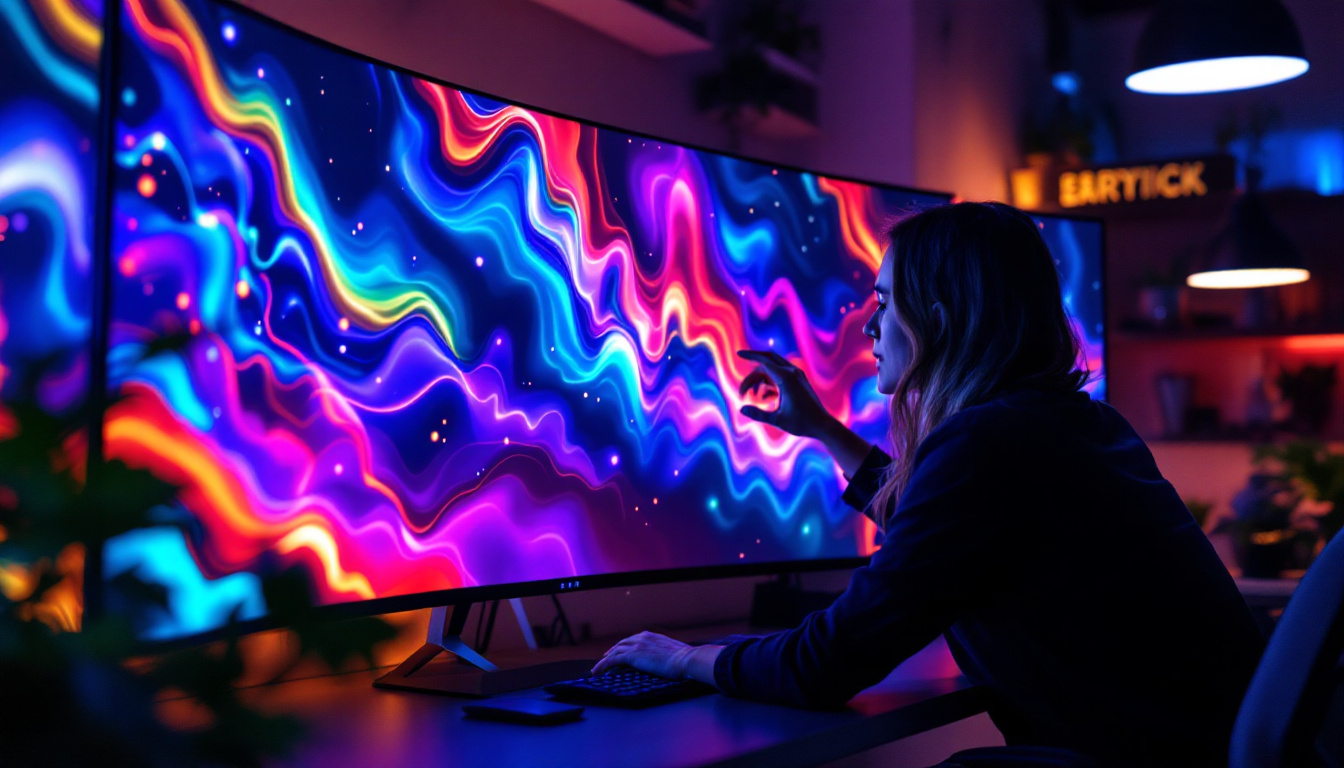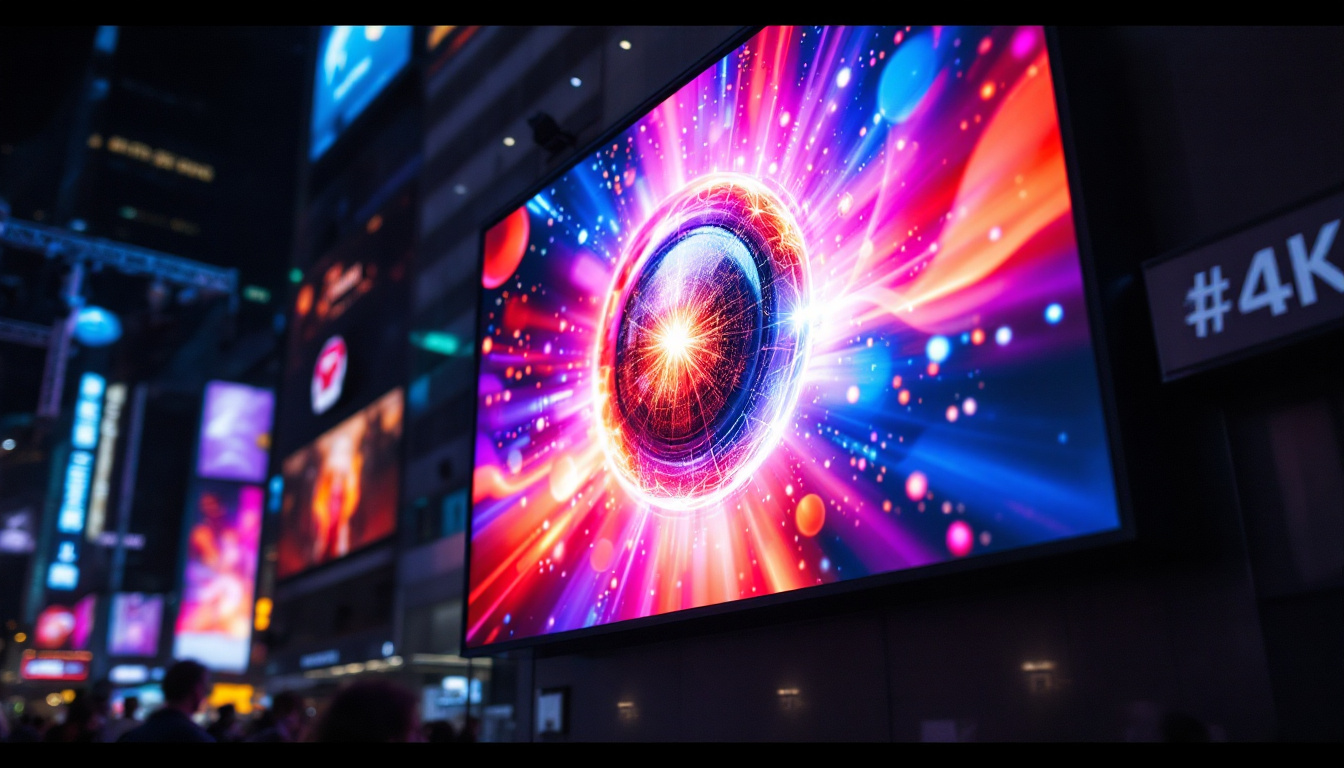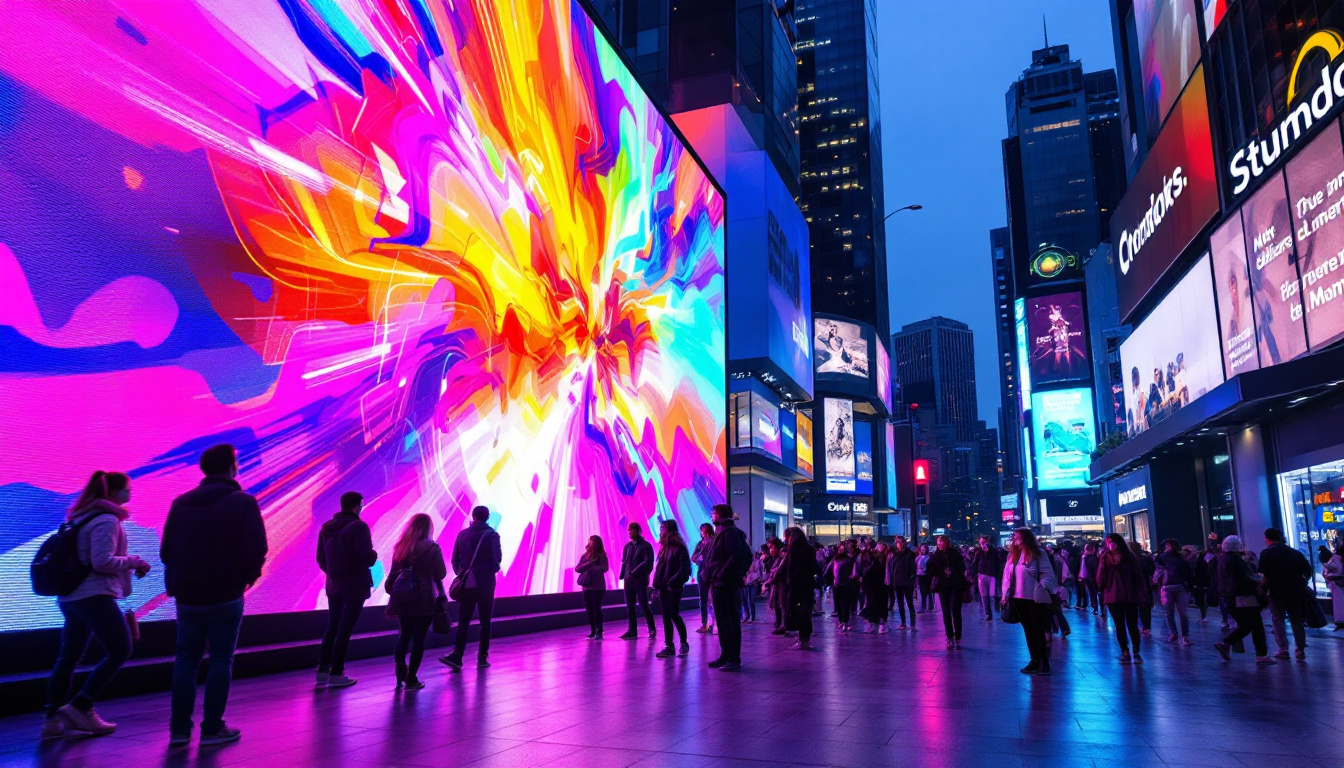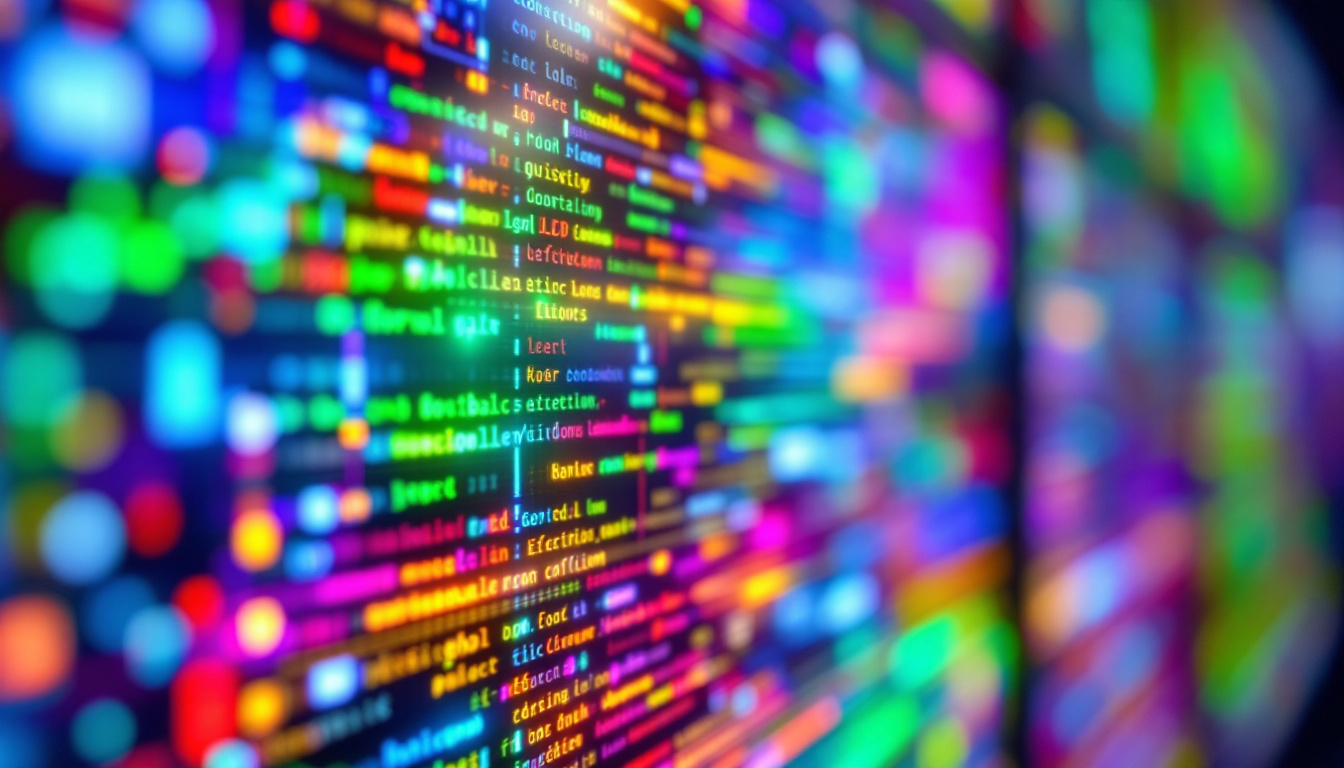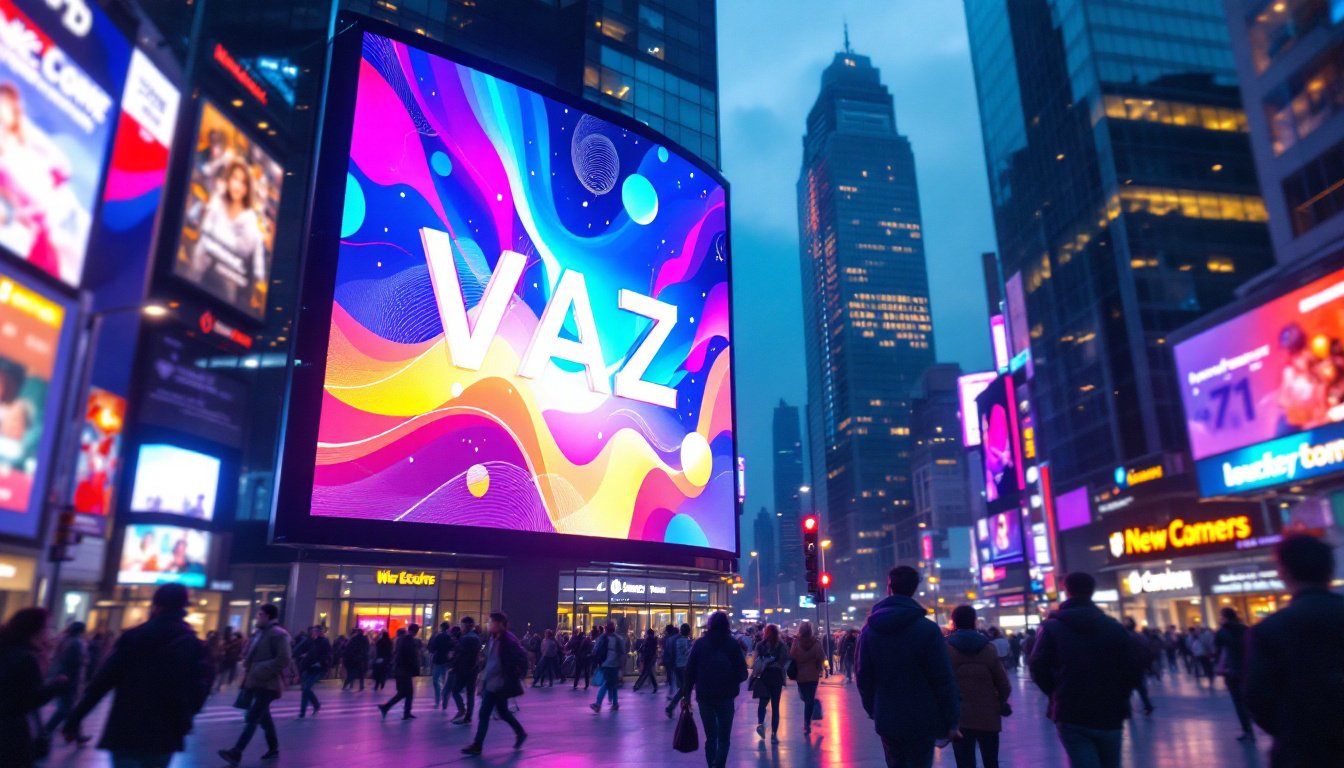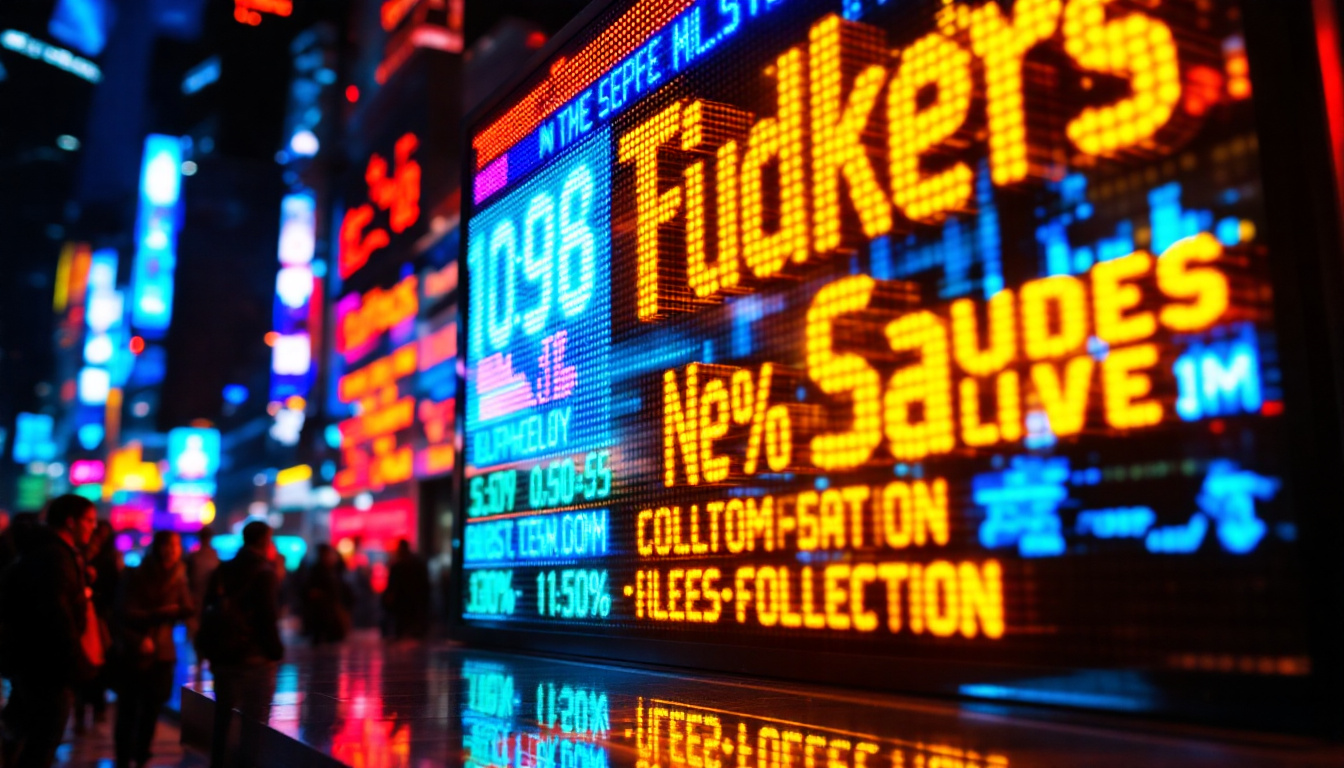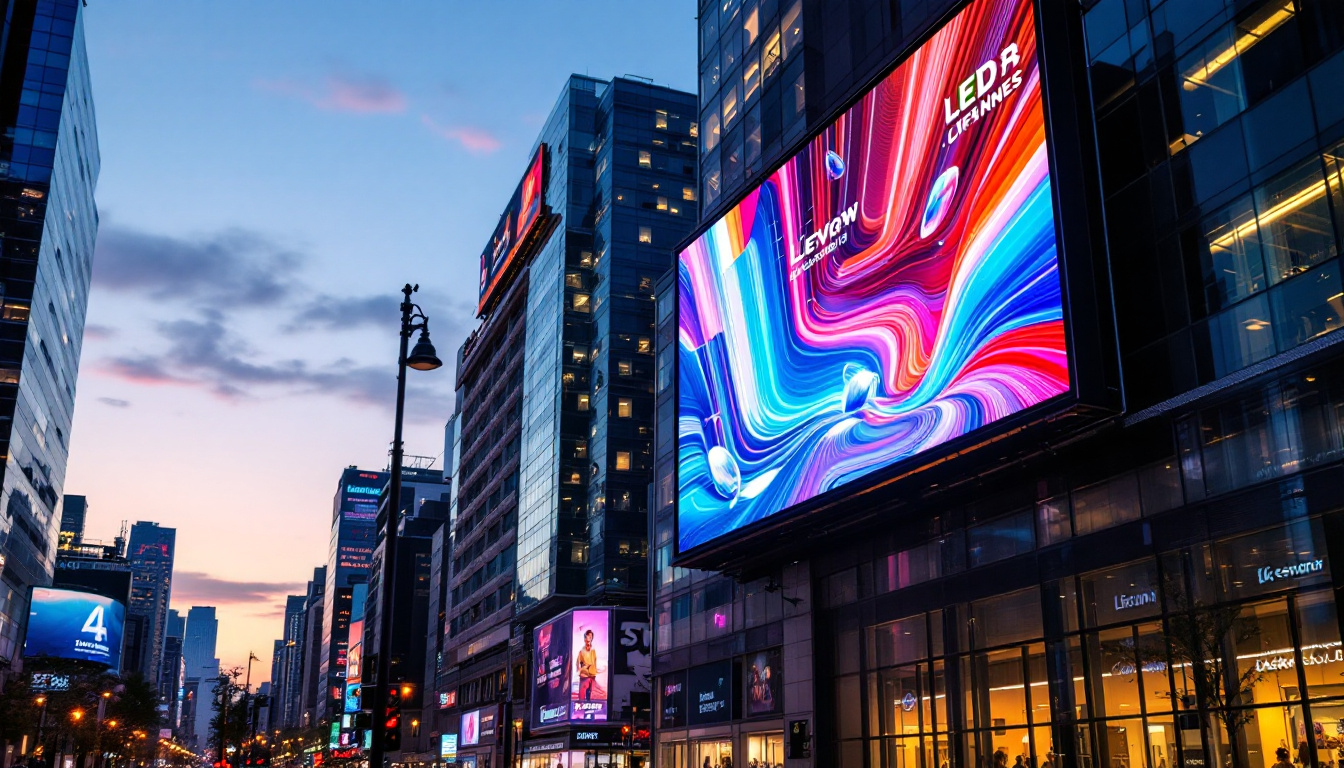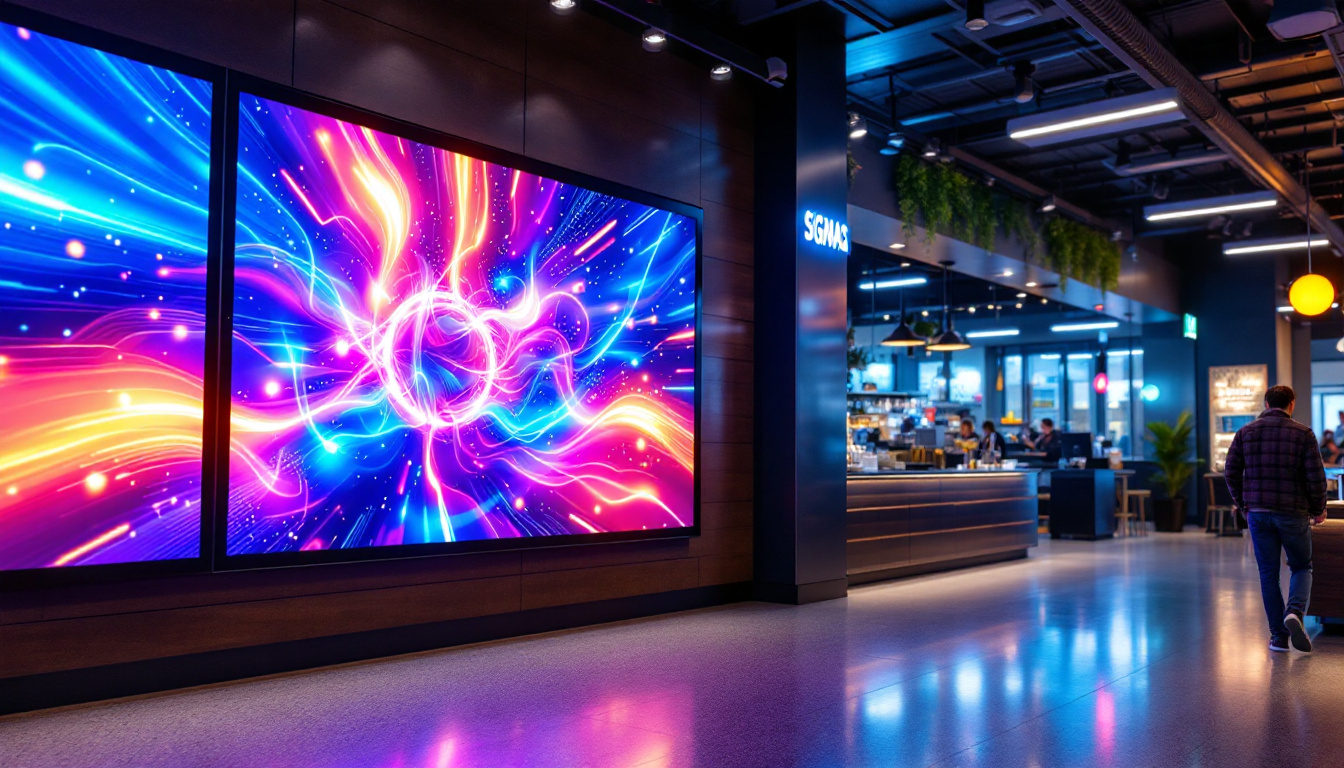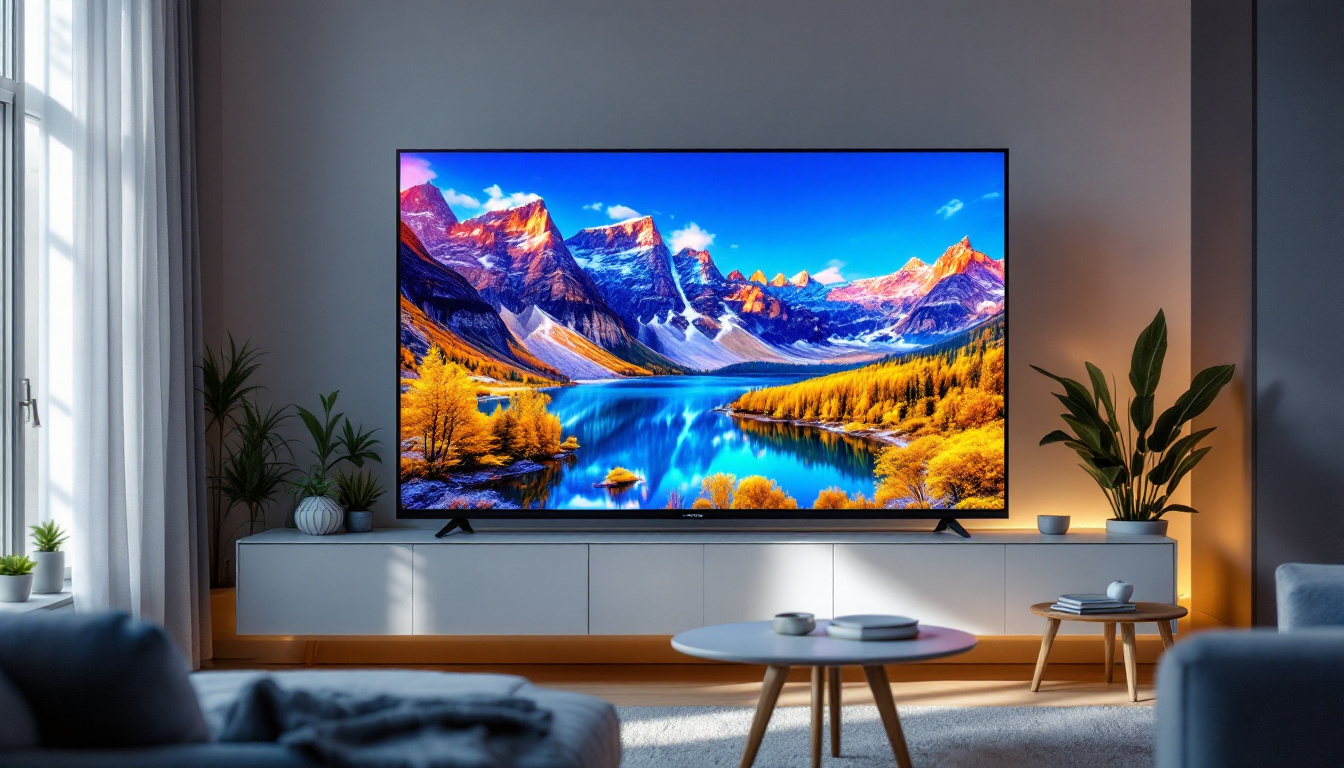In recent years, LED displays have revolutionized the way information is presented in various settings, from advertising to entertainment. These vibrant screens have become ubiquitous, enhancing visual experiences in public spaces, corporate environments, and homes alike. This article delves into the intricacies of LED displays, exploring their technology, applications, and advantages.
Understanding LED Technology
LED, or Light Emitting Diode, technology is at the heart of modern display systems. Unlike traditional LCD or CRT displays, LED screens utilize semiconductor materials to emit light when an electric current passes through them. This fundamental difference leads to several advantages that have made LED displays the preferred choice for many applications. The shift towards LED technology has not only transformed the consumer electronics landscape but has also paved the way for innovations in various fields, including advertising, automotive lighting, and even architectural design.
The Basics of LED Operation
At its core, an LED display consists of numerous tiny diodes that work together to create images. When electricity flows through these diodes, they emit light in various colors. By combining red, green, and blue (RGB) diodes, a full spectrum of colors can be produced, allowing for vibrant and dynamic visuals. This capability to mix colors at a pixel level enables LED displays to produce stunning images with high contrast ratios and deep blacks, which are essential for an immersive viewing experience.
This technology is not only energy-efficient but also offers a longer lifespan compared to traditional display technologies. LEDs can last tens of thousands of hours, making them a cost-effective option in the long run. Additionally, the durability of LED displays means they are less susceptible to damage from impacts and environmental factors, making them suitable for both indoor and outdoor settings. As a result, industries ranging from entertainment to retail are increasingly adopting LED technology to enhance their visual communications and branding efforts.
Types of LED Displays
There are several types of LED displays, each designed for specific applications. The most common types include:
- Direct View LED (DVLED): These displays are made up of individual LED modules that are directly visible to the viewer. They are often used in large outdoor billboards and indoor video walls, providing high brightness and visibility even in direct sunlight. The modular nature of DVLED allows for seamless integration into various environments, making them a popular choice for concerts, sporting events, and advertising.
- LED Backlit LCD: This type combines traditional LCD technology with LED backlighting. It enhances brightness and contrast, making it ideal for televisions and computer monitors. The backlighting can be adjusted to improve energy efficiency and reduce eye strain, catering to the needs of users who spend long hours in front of screens.
- Organic LED (OLED): OLED displays utilize organic compounds to emit light, offering superior color accuracy and flexibility. They are commonly found in high-end televisions and mobile devices, where their ability to produce true blacks and vibrant colors enhances the viewing experience. Furthermore, OLED technology allows for thinner and lighter designs, enabling manufacturers to create sleek devices that appeal to modern consumers.
Applications of LED Displays
LED displays have found a wide range of applications across various sectors. Their versatility and adaptability make them suitable for diverse environments.
Advertising and Marketing
One of the most prominent uses of LED displays is in advertising. digital billboards and signage have become a staple in urban landscapes, capturing the attention of passersby with bright, animated content. These displays can be updated in real-time, allowing businesses to promote special offers, events, and brand messages effectively.
Moreover, the ability to display high-definition video content makes LED displays an attractive option for marketers looking to engage their audience. The dynamic nature of these displays can significantly enhance brand visibility and recall.
Entertainment and Events
In the entertainment industry, LED displays play a crucial role in enhancing the visual experience. Concerts, festivals, and sporting events often feature large LED screens that display live feeds, graphics, and animations. These screens create an immersive atmosphere, allowing audiences to connect with the performance on a deeper level.
Additionally, LED technology has transformed the way stage productions are designed. With the ability to create stunning backdrops and visual effects, directors can tell stories in innovative ways, captivating audiences with breathtaking visuals.
Corporate and Educational Settings
LED displays are increasingly being utilized in corporate environments for presentations, meetings, and training sessions. Their high brightness and clarity ensure that information is easily visible to all attendees, regardless of the lighting conditions.
In educational settings, LED screens are used to enhance learning experiences. Interactive displays can facilitate engaging lessons, allowing educators to incorporate multimedia content seamlessly. This technology fosters collaboration and creativity among students, making learning more dynamic and enjoyable.
Advantages of LED Displays
The popularity of LED displays can be attributed to several key advantages that set them apart from other display technologies.
Energy Efficiency
One of the most significant benefits of LED displays is their energy efficiency. Compared to traditional display technologies, LEDs consume less power, which translates to lower electricity bills. This is particularly advantageous for large installations, where energy savings can be substantial over time.
Moreover, the reduced energy consumption contributes to a smaller carbon footprint, making LED displays a more environmentally friendly choice.
High Brightness and Contrast
LED displays are known for their exceptional brightness levels, making them suitable for both indoor and outdoor applications. The high contrast ratio ensures that images are sharp and vibrant, even in direct sunlight. This capability is crucial for outdoor advertising, where visibility is paramount.
Additionally, the ability to adjust brightness levels allows for optimal viewing experiences in various lighting conditions, ensuring that content remains clear and engaging.
Durability and Longevity
LED displays are designed to withstand harsh environmental conditions, making them highly durable. Unlike traditional displays that may be prone to damage from impact or weather, LED screens are built to last, reducing the need for frequent replacements.
With a lifespan of up to 100,000 hours, LED displays offer a long-term solution for businesses and organizations, minimizing maintenance costs and downtime.
Challenges and Considerations
While LED displays offer numerous advantages, there are also challenges and considerations that potential users should be aware of before making a decision.
Initial Cost
The initial investment for LED display technology can be higher than that of traditional display options. However, it is essential to consider the long-term savings in energy costs and maintenance when evaluating the overall value. As technology advances and production costs decrease, the price of LED displays is expected to become more accessible.
Viewing Angles
Another consideration is the viewing angle of LED displays. While advancements have been made to improve visibility from various angles, some LED screens may still exhibit color distortion or reduced brightness when viewed from the side. It is crucial to assess the intended viewing environment to ensure that the display meets the needs of the audience.
Content Management
Managing content on LED displays requires a robust content management system (CMS) to ensure that information is updated regularly and displayed correctly. This can involve additional training and resources, particularly for organizations that are new to digital signage. Investing in user-friendly CMS solutions can help streamline this process and maximize the effectiveness of the display.
The Future of LED Displays
The future of LED display technology is promising, with continuous advancements driving innovation and expanding applications. As technology evolves, several trends are emerging that will shape the landscape of LED displays.
MicroLED Technology
MicroLED technology is one of the most exciting developments in the LED display industry. This cutting-edge technology utilizes microscopic LEDs to create high-resolution displays with exceptional color accuracy and contrast. MicroLED displays are lightweight, flexible, and can be seamlessly integrated into various surfaces, opening up new possibilities for design and application.
As MicroLED technology matures, it is expected to revolutionize the way displays are used in consumer electronics, automotive applications, and architectural installations.
Integration with Augmented Reality (AR) and Virtual Reality (VR)
As AR and VR technologies continue to gain traction, the integration of LED displays with these immersive experiences is becoming increasingly relevant. LED screens can enhance AR and VR applications by providing dynamic backgrounds and interactive elements, creating a more engaging environment for users.
This convergence of technologies has the potential to transform industries such as gaming, education, and training, offering new ways to visualize and interact with digital content.
Sustainability Initiatives
As environmental concerns become more pressing, the LED display industry is also focusing on sustainability initiatives. Manufacturers are exploring eco-friendly materials and production processes to reduce waste and energy consumption. Additionally, advancements in recycling technologies for LED components are being developed to minimize the environmental impact of discarded displays.
These initiatives not only benefit the planet but also appeal to consumers and businesses looking to make responsible choices in their purchasing decisions.
Conclusion
LED displays have undoubtedly transformed the way information is conveyed and experienced across various sectors. With their vibrant colors, energy efficiency, and versatility, they have become an integral part of modern communication and entertainment. As technology continues to advance, the future of LED displays looks bright, promising even more innovative applications and enhanced user experiences.
Organizations considering the adoption of LED technology should weigh the benefits against the challenges, ensuring that they choose the right solution for their specific needs. With proper planning and investment, LED displays can provide significant returns in terms of engagement, visibility, and overall impact.
Explore Cutting-Edge LED Display Solutions with LumenMatrix
Ready to elevate your visual communication with the latest in LED technology? Discover LumenMatrix’s innovative LED display modules, designed to enhance brand visibility and captivate your audience. From Indoor and Outdoor LED Wall Displays to specialized solutions like Vehicle LED Displays, LED Sports Displays, and even Custom LED Displays, LumenMatrix is at the forefront of creating immersive visual experiences. Whether you’re looking to engage customers, enliven events, or broadcast your message with unparalleled clarity, LumenMatrix has the state-of-the-art solution for you. Check out LumenMatrix LED Display Solutions today and see how we can transform your space into a dynamic visual showcase.

